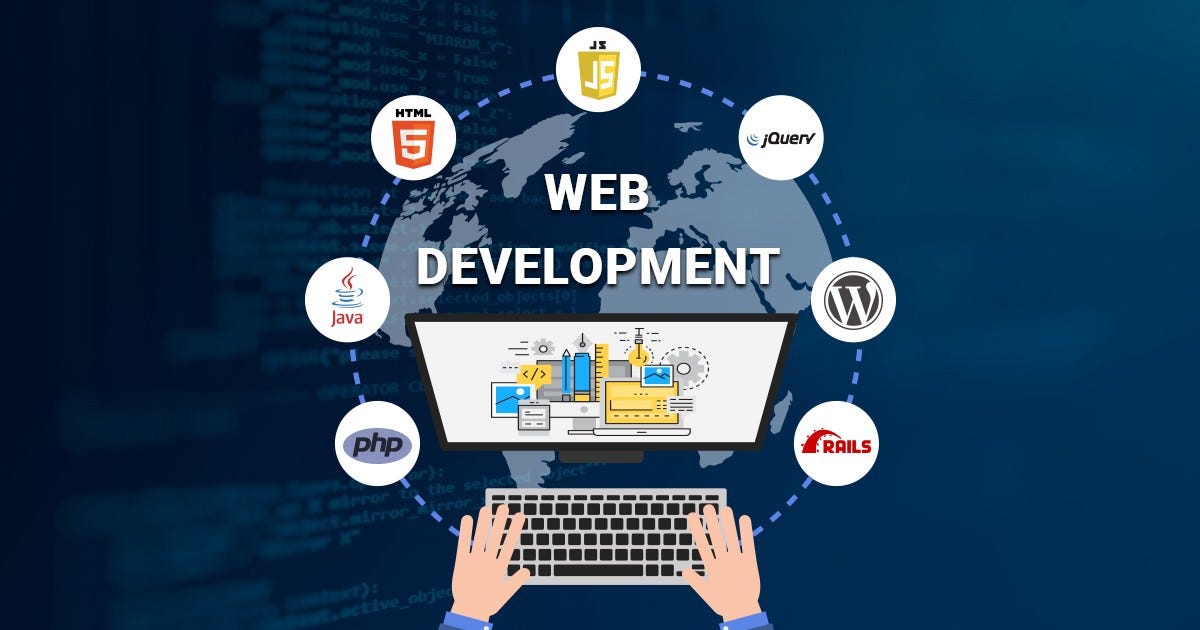The digital world of today an online presence that is strong and well-established is essential for both businesses and individuals alike. To create the web presence is website development as a process with multiple facets that combines coding, design as well as functionality in order to produce compelling online experiences. From small-scale business owners looking to expand their reach to corporations aiming to enhance brand visibility, the importance for a successful website design cannot be overstated.

In the midst of all website development lies coding, the language that breathes life into the static website page. HTML, CSS, and JavaScript are the basic construction blocks that give the structure, design, as well as interactivity. Developers harness these languages to develop dynamic and receptive websites that adapt seamlessly to various screens. Beyond that frameworks and libraries, such as Bootstrap and jQuery facilitate development, providing pre-built components and functionalities which speed the process along and ensure consistency across platforms.
The user experiences (UX) design has a significant role to play in web development. The focus is on the best way to guide customers as they move through the website. From simple navigation menus, to captivating visuals and fluid interactions, every element has been carefully designed to increase accessibility and increase engagement. UX designers employ wireframing and prototyping techniques to conceptualize and refine the user interface, iterating on the basis of feedback and testing in order to produce an immersive and an experience that is centered around the user.
As technology evolves, so will the frameworks and tools available to web developers. In addition to HTML as well as CSS through JavaScript and PHP There's numerous Frameworks and programming languages available to select, each one having specific strengths and advantages. The modern Website Development usually involves using the power of content management systems (CMS) such as WordPress, Drupal, or Joomla that streamline the development process and enable non-technical users to manage website information easily. Also, the rising popularity of responsive websites is making it essential for developers to ensure that websites have been designed for optimal viewing on many devices, from smartphones to desktop computers and tablets. To acquire additional information please see over here

While the development phase is close to the end of development, strict testing is conducted to identify and rectify any problems that might arise. Testing for compatibility between different gadgets and browsers, while also testing functionality and performance under various conditions. By taking care to ensure quality the developers work to provide an experience that is seamless for users, that is free of glitches and inconsistencies. Furthermore, the feedback of stakeholders and end-users is solicited and used to refine the website prior to official launch.
Security is an additional aspect of developing a website that cannot be overlooked. As cyber-attacks become more advanced, safeguarding sensitive information and ensuring the integrity of a website's operation is essential. This involves implementing robust security measures, such as firewalls, encryption and regular security audits to find and reduce security risks. Furthermore, compliance with the regulations governing data protection such as GDPR or CCPA is necessary to preserve your trust with users as well as avoid legal implications.
Comments on “Unveiling the Art and Science of Website Development”